Become a Sponsor
Support the California Preservation Awards and receive substantial exposure and access to exclusive VIP opportunities!
Download the Sponsorship PDF >>
Sign Up for Sponsorship Online >>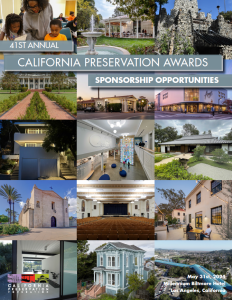
Congratulations to our Winners and
Thank You to our Sponsors!
AWARD SPONSORS
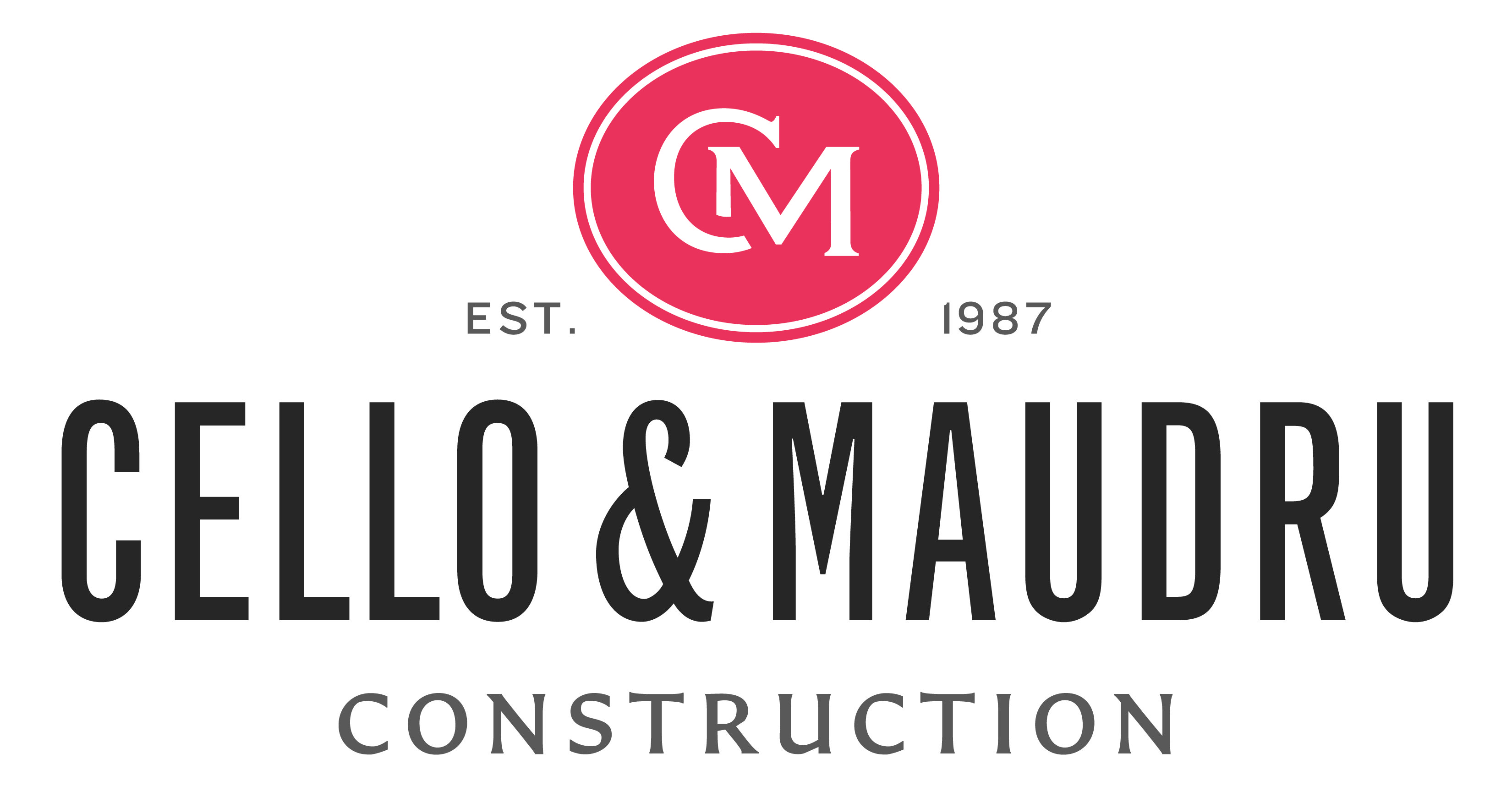

ANNUAL SPONSORS
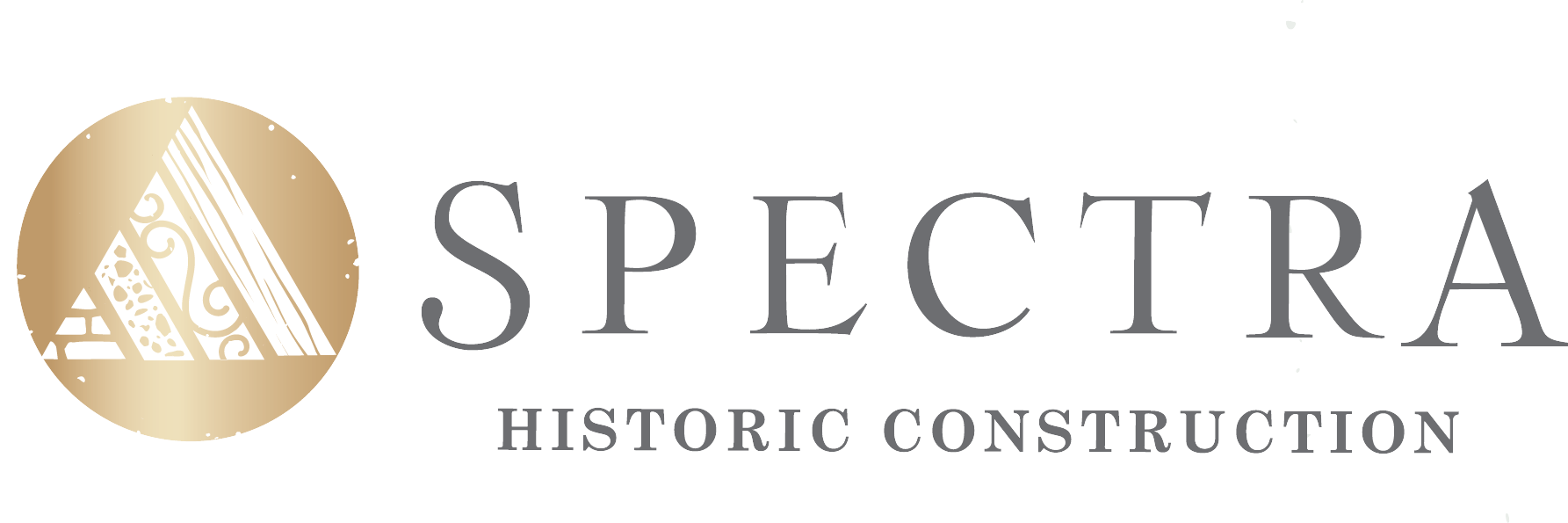


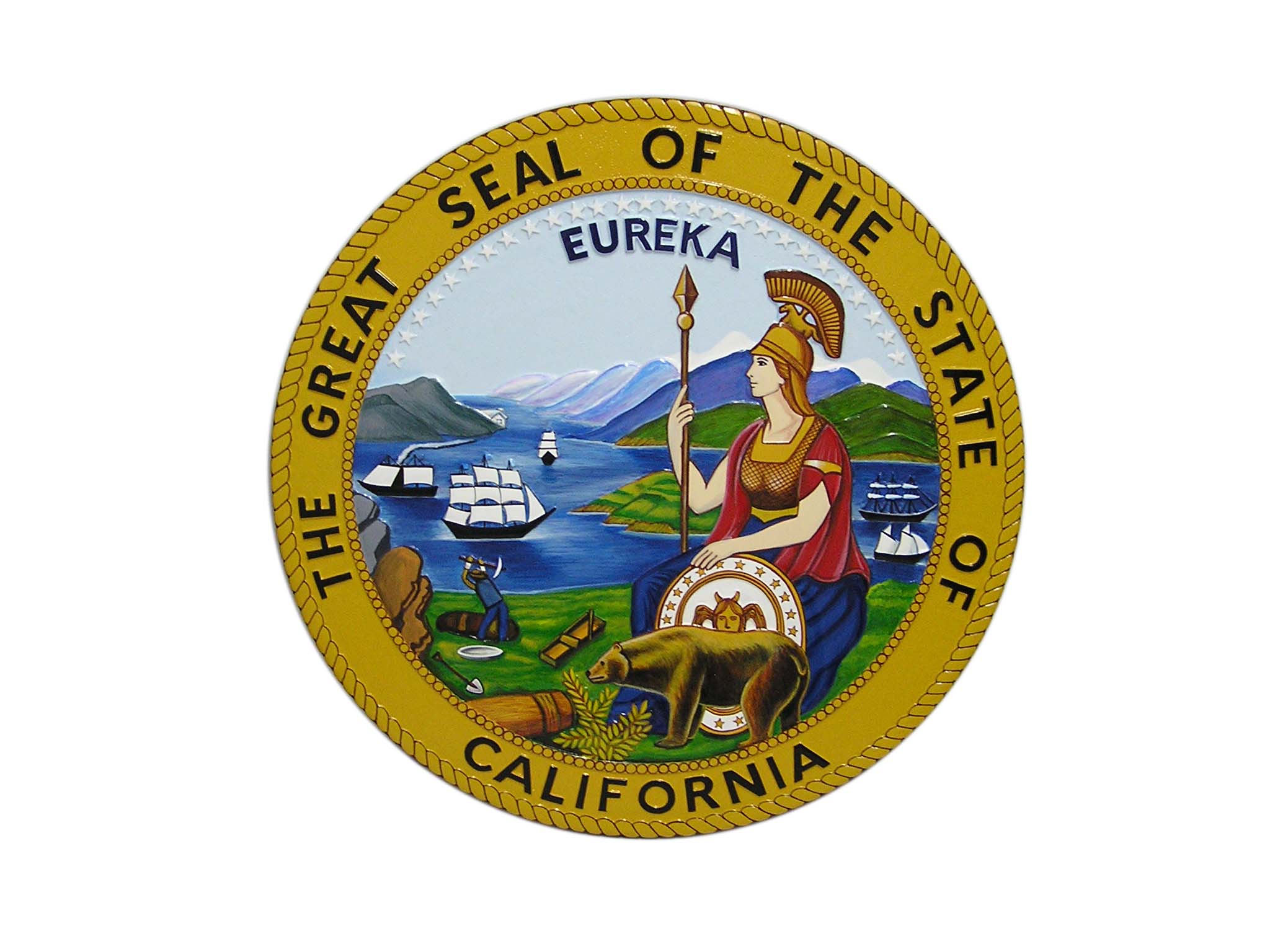
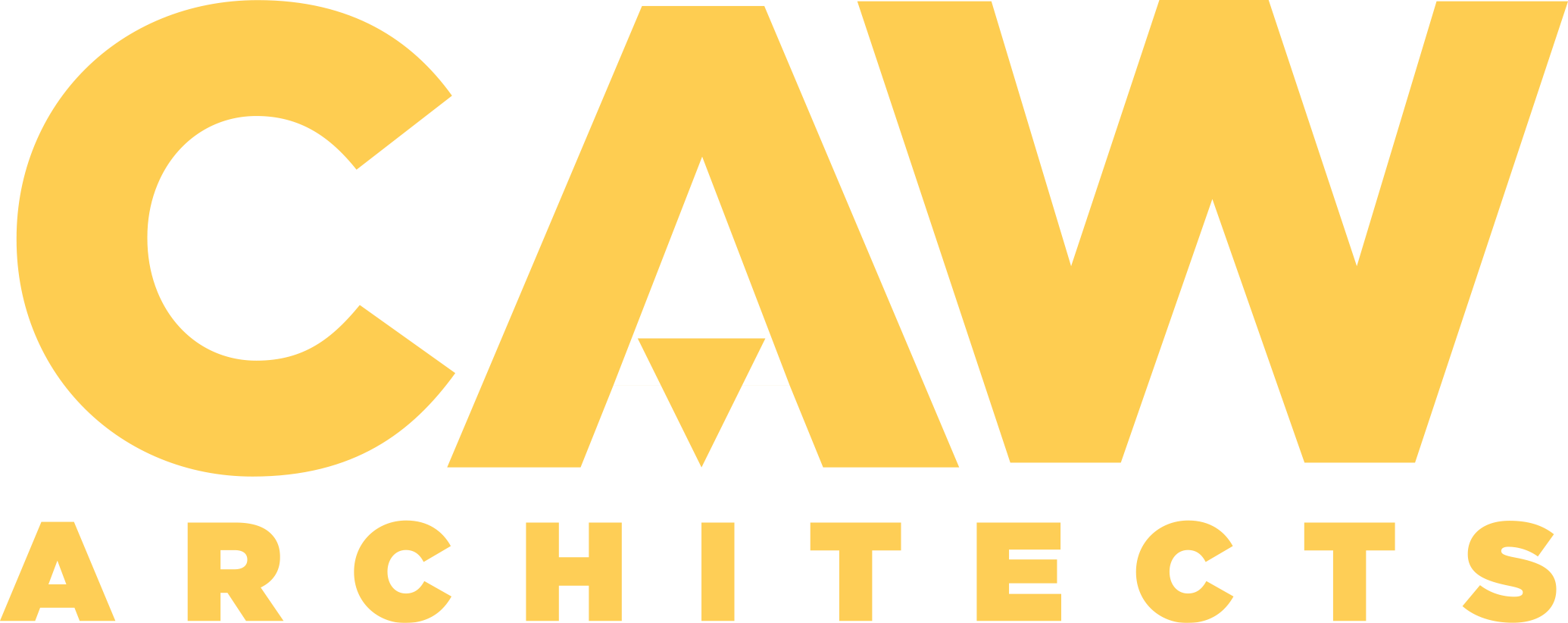


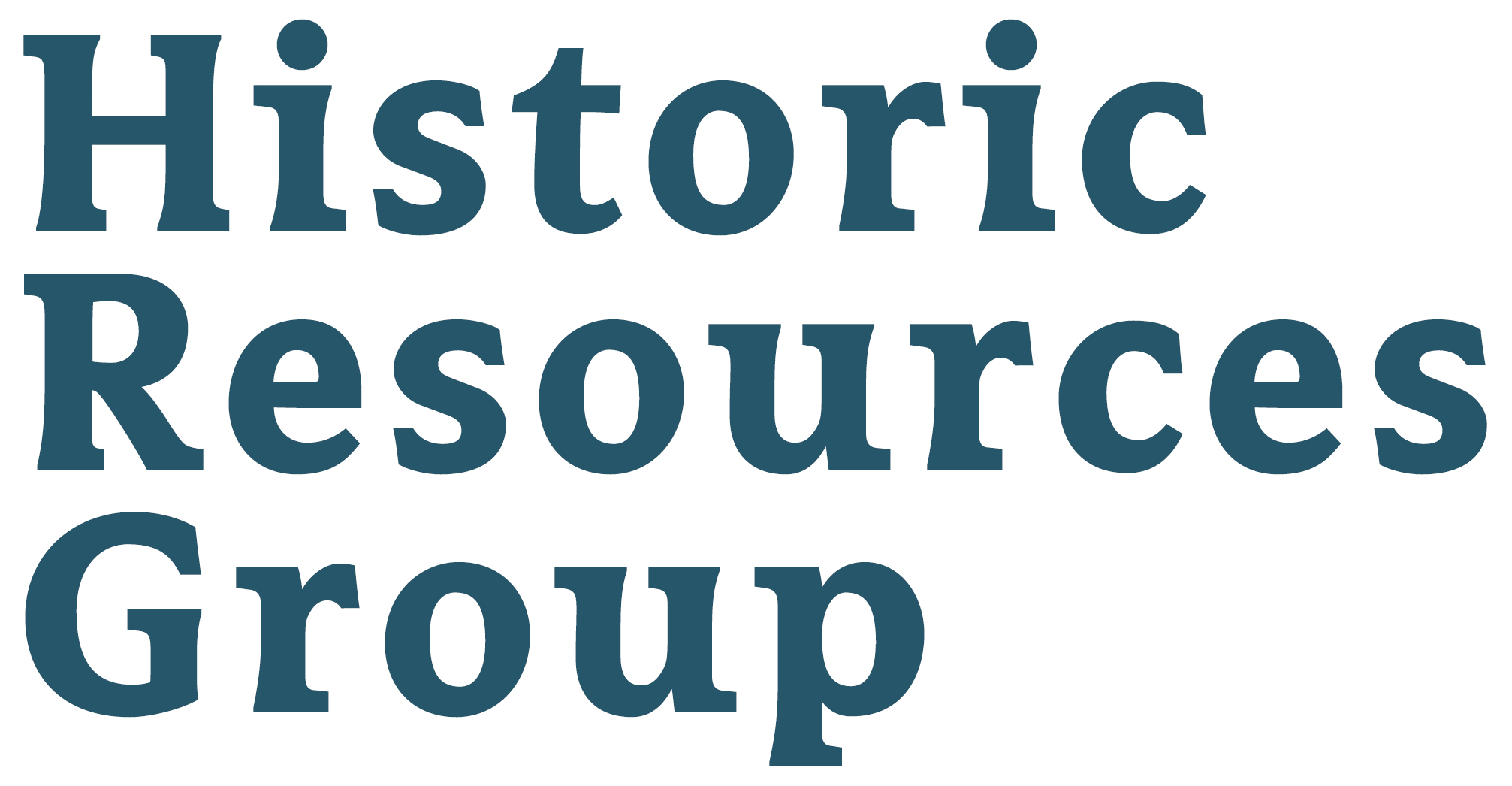


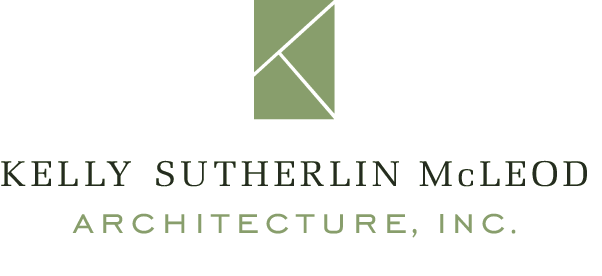
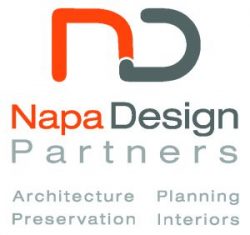
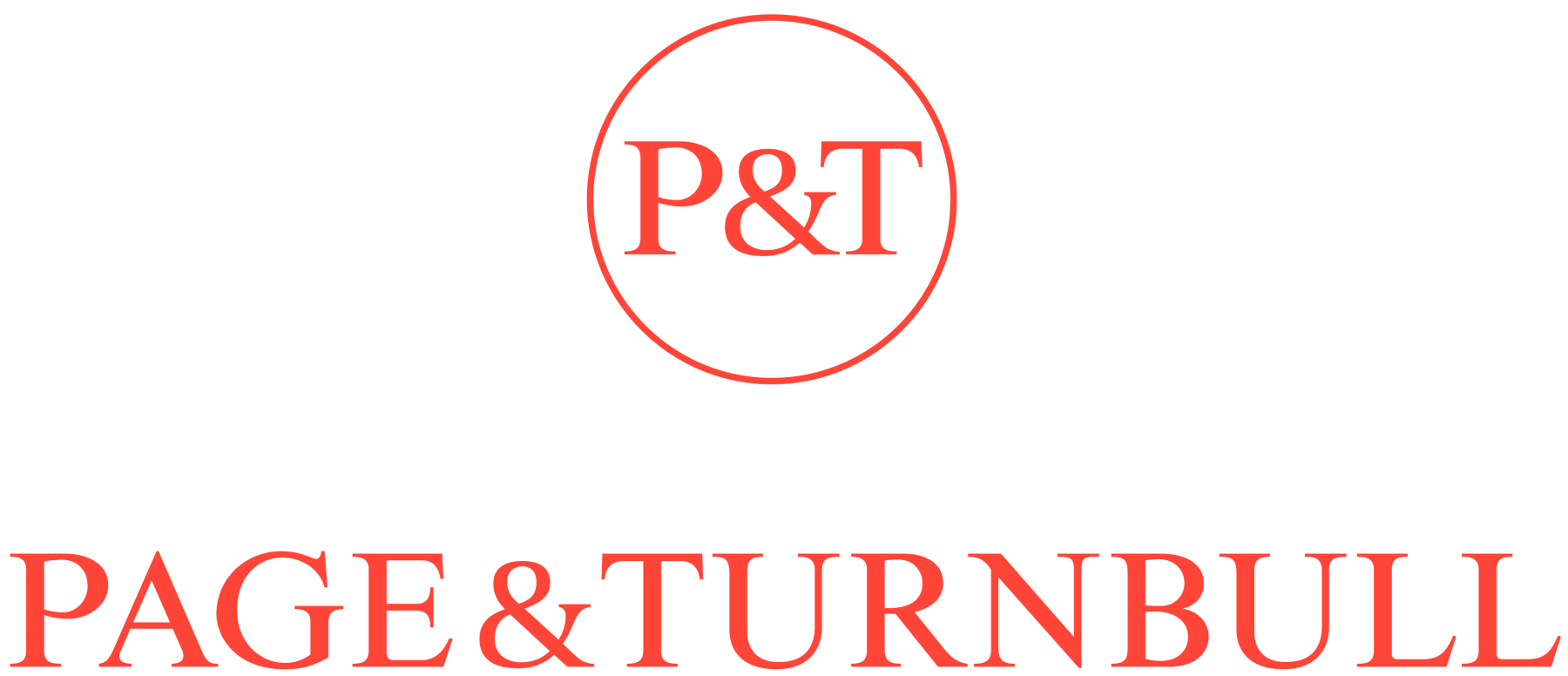

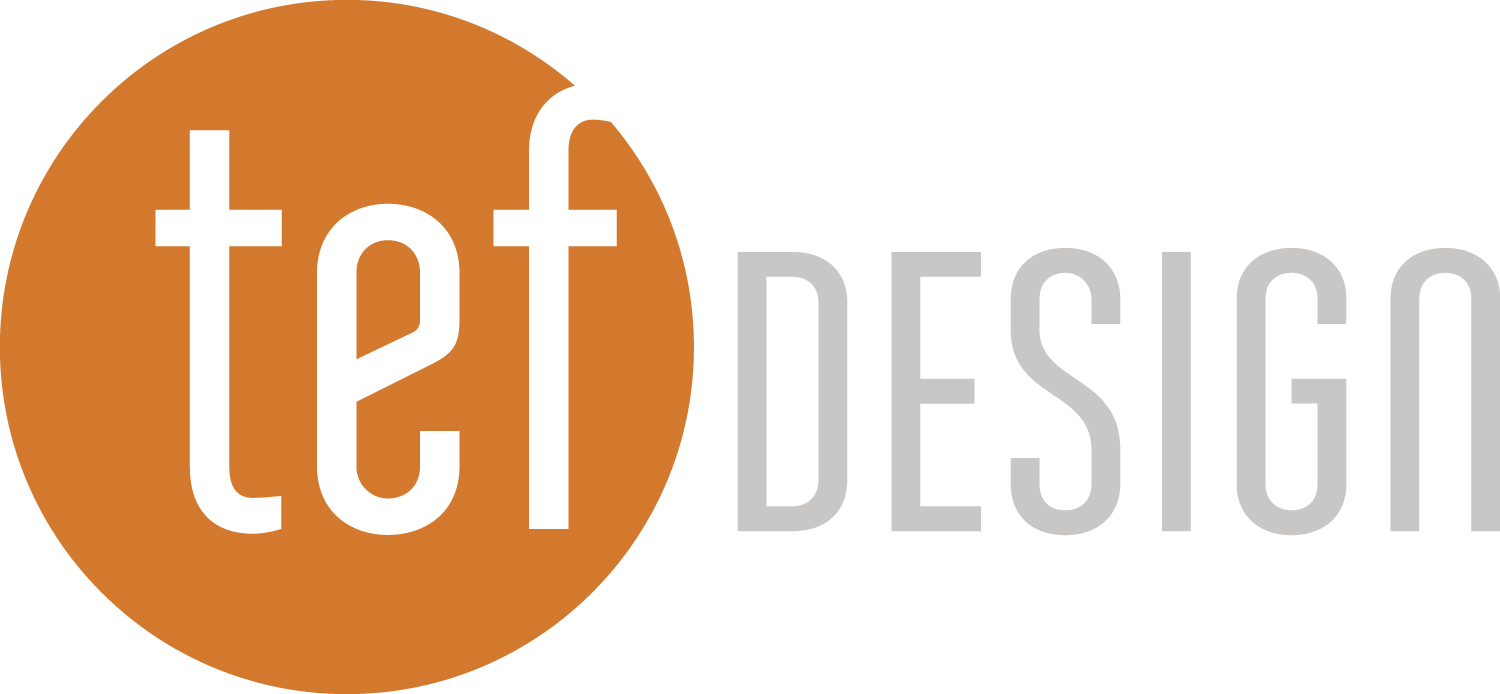

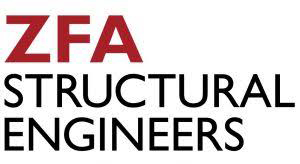
California Preservation Awards
Presenting the 41st Annual California Preservation Awards
The California Preservation Awards are a statewide hallmark, showcasing the best in historic preservation. This years’ awards ceremony includes the presentation of the Preservation Design Awards and the President’s Award, bringing together hundreds of people to share and celebrate excellence in preservation. Join us as we celebrate the 2024 winning projects, places, and people at the Millennium Biltmore Hotel in Los Angeles.
California Preservation Awards Reception and Ceremony
Friday, May 31st, 2024 | 6:15 – 7:45 PM
The California Preservation Awards reception showcases our winning projects for 2024.
Join us to celebrate and honor the best historic preservation projects in California at this unique and festive event. Tickets are $250 each / $225 for CPF Members.
Sponsors receive complimentary tickets to the receptions (depending on level). Click here for Sponsorship Opportunities.
Award Sponsors
Awards – Pillar



Awards – Supporting
Awards – Foundation


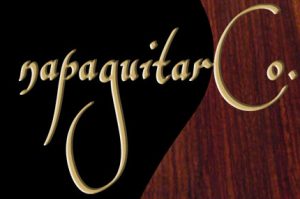
Awards Pricing and Ticket Options
| PACKAGE DEAL (attend both the four-day conference + Awards reception and ceremony!) Includes access to all conference sessions plus the California Preservation Awards Reception and Ceremony. Significant savings, receive CEUs, and support our educational activities with your registration. |
|
| CPF Member | $570 |
| AWARDS RECEPTION + CEREMONY ONLY Includes Plenary Session, Educational Sessions, all online conference sessions, and California Preservation Awards Ceremony. Does not include tours or special events listed below |
|
| CPF Member | $225 |
| Non-Member | $250 |
Additional options are available by registering directly for the conference and selecting the Design Awards event through our conference page. Check out our conference page for registration and more details.
Hotel Information
 The Conference Hotel is the Millennium Biltmore, Los Angeles. We have reserved room blocks available at discounted rates for all conference attendees. Room reservations will be required.
The Conference Hotel is the Millennium Biltmore, Los Angeles. We have reserved room blocks available at discounted rates for all conference attendees. Room reservations will be required.
You may make your reservations any time, either online, or by calling 213-612-1575. Mention the California Preservation Conference or the group discount code of 2405PRESERVE. If you book online, select your room from this page, If the link doesn’t work, then you can try entering 2405PRESERVE under Codes & Options -> Group Code.
You must book by Friday, May 3, 2024 and identify yourself as part of the Group.
Any requests for special room arrangements must be made at the time of this call.
California Preservation Awards Celebration | Friday, May 31st, 6:30 - 9 PM, at the Millennium Biltmore Hotel, Los Angeles
Awards Reception and Live Event | Friday, May 31st, 6:30 – 9:00 PM PST – Downtown Los Angeles
The California Preservation Awards are a statewide hallmark, recognizing excellence in historic preservation. The Awards ceremony includes the presentation of the Preservation Design Awards and the President’s Awards. This program, including the Preservation Design Awards, President’s Awards, and Trustee’s Awards ceremonies. Events will be held online and onsite at the Millennium Biltmore Hotel, May 31st, 2024. Tickets & Registration here.
Congratulations to the 2024 Preservation Design Award Winners!
Keep an eye out on this page for the announcement of the President’s and Trustee’s Awards for Excellence.
The California Preservation Awards are a statewide hallmark. This year, our volunteer Awards Jury selected fifteen projects which showcasing the best in historic preservation.
Craftsmanship/Preservation Technology
Marin County Civic Center Roof Replacement, San Rafael
Cultural Heritage, Intangible Assets
Japanese Heritage Shoya House, San Marino
Sacramento African American Experience Project, Sacramento
Cultural Resource Studies, Reports
Rubel Castle Preservation Plan, Glendora
Preservation or Restoration
Bailey House (Case Study House #21), Los Angeles
The Huntington Rose Garden Tea Room, San Marino
The Koblick House, Silverlake
Mission San Gabriel, San Gabriel
Venice Auditorium Ceiling Repair, Los Angeles
Rehabilitation
Amy’s Kitchen, Petaluma
The Cheech Marin Center for Chicano Art and Culture, Riverside
Culver Studios, Culver City
Landmark West Oakland Victorian, Oakland
The Overland, Redlands
West LA VA Campus Building 207, Los Angeles
2024 President’s Award Recipients
 Leslie Heumann
Leslie Heumann
Los Angeles | Lifetime Achievement Award
Leslie Heumann is recognized for her significant contributions to historic preservation, environmental compliance, and cultural resources management over the span of her career.
Leslie Heumann has made a significant impact in providing critical guidance to local governments that served as the foundation for the preservation programs they have to this day. Her work has left an indelible mark on the preservation landscape, underscoring the enduring legacy of Leslie’s career and service to communities in California.
 Brenda Levin, FAIA
Brenda Levin, FAIA
Los Angeles | Lifetime Achievement Award
Brenda Levin, FAIA is recognized for her career in architecture with meticulous restoration, innovative adaptive reuse, and creative new construction that demonstrates the feasibility of preservation.
Meticulous, innovative, creative, and possessing a unique sensibility toward placemaking—perfectly captures the essence of this well-deserved nomination of Brenda Levin, FAIA. The Board of Trustees commends Brenda for a lifetime of work that showcases the feasibility of preservation and paves a new path for the revitalization of Downtown Los Angeles—one that embraces its monuments rather than erases them.
 Preservation Action Council San Jose
Preservation Action Council San Jose
San Jose | Advocacy Award
This President’s Award for Advocacy is celebrating PAC San Jose’s outstanding efforts to safeguard the historic 1958 San Jose City Hall from demolition.
PAC San Jose’s exemplary leadership in preserving this iconic civic landmark, which was once under the ownership of the City of San Jose and is now held by the County of Santa Clara. Your organization’s thoughtful and timely decision to commission a feasibility analysis with leading adaptive reuse experts played a pivotal role in persuading the Santa Clara Board of Supervisors that “adaptive reuse— not demolition— should be the preferred path forward.” This remarkable outcome stands as a testament to their commitment and dedication to preserving our cultural heritage.
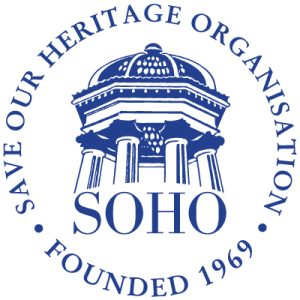 Save Our Heritage Organisation
Save Our Heritage Organisation
San Diego | Advocacy Award
Save Our Heritage Organisation has consistently demonstrated exceptional leadership in safeguarding San Diego’s rich cultural heritage for over four decades through advocacy and education.
The Board of Trustees commends SOHO for its outstanding efforts in preserving numerous significant buildings and structures throughout San Diego. Their remarkable track record, highlighted by iconic landmarks such as the Hotel del Coronado, Balboa Park’s Cabrillo Bridge, California Quadrangle, and Plaza de Panama, underscores the statewide importance of their contributions.
Thank you to our Jury for the 2024 Preservation Design Awards!
Design Awards Co-Chair
 Cathy Garrett, Principal, PGAdesign. Cathy is president of the PGAdesign Landscape Architects a landscape studio based in Oakland celebrating more than 40 years in business. During her career, she has worked on projects that include Frederick Law Olmsted’s Central Park and Prospect Park in New York City, as well as projects in France, Italy, England, Canada and her native Australia. Award winning projects in California include the Lopez Adobe in San Fernando and the Lovelace Garden in Montecito, also Casa Amesti in Monterey, the Allied Arts Guild in Menlo Park and the Leland Stanford Mansion in Sacramento. She has made presentations at annual conferences for the American Institute of Architects, California Council for the Promotion of History, California State Parks, and California Preservation Foundation. Cathy has been welcomed as visiting critic for the University of California, Berkeley schools of Architecture, Landscape Architecture, and Planning, Cornell University, and the University of New South Wales in Australia. From 2017 to 2019, she served as the Consulting Campus Landscape Architect for UC Berkeley. Cathy was a founding co-chair of the Northern California HALS (Historic American Landscape Survey) Group. She is a past-president of the California Preservation Foundation and until 2018 served on the Historic State Capitol Commission.
Cathy Garrett, Principal, PGAdesign. Cathy is president of the PGAdesign Landscape Architects a landscape studio based in Oakland celebrating more than 40 years in business. During her career, she has worked on projects that include Frederick Law Olmsted’s Central Park and Prospect Park in New York City, as well as projects in France, Italy, England, Canada and her native Australia. Award winning projects in California include the Lopez Adobe in San Fernando and the Lovelace Garden in Montecito, also Casa Amesti in Monterey, the Allied Arts Guild in Menlo Park and the Leland Stanford Mansion in Sacramento. She has made presentations at annual conferences for the American Institute of Architects, California Council for the Promotion of History, California State Parks, and California Preservation Foundation. Cathy has been welcomed as visiting critic for the University of California, Berkeley schools of Architecture, Landscape Architecture, and Planning, Cornell University, and the University of New South Wales in Australia. From 2017 to 2019, she served as the Consulting Campus Landscape Architect for UC Berkeley. Cathy was a founding co-chair of the Northern California HALS (Historic American Landscape Survey) Group. She is a past-president of the California Preservation Foundation and until 2018 served on the Historic State Capitol Commission.
Design Awards Co-Chair
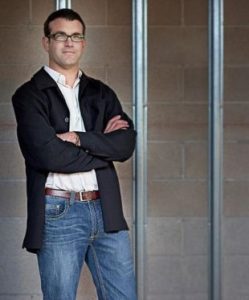 Bill Schaeffer, Partner, Cello & Maudru Construction and CPF Vice President of Development. Bill Schaeffer is a partner at Cello & Maudru Construction Company. Based in Napa, Cello & Maudru specializes in winery, estate home, & hospitality construction building projects throughout the Bay Area. With the firm since 1996, he has been lucky enough to work on a few notable historic buildings, most recently the Buena Vista Winery Cellar & Caves (CPF 2013 Preservation Technology Award) & the adaptive reuse of the Mackintosh House in Sonoma for Scribe Winery. With a focus on history, architecture, and historic preservation, he received a bachelor of science in Environmental Design from UC Davis in 1993. Bill served on the board of Napa County Landmarks from 2002 to 2007.
Bill Schaeffer, Partner, Cello & Maudru Construction and CPF Vice President of Development. Bill Schaeffer is a partner at Cello & Maudru Construction Company. Based in Napa, Cello & Maudru specializes in winery, estate home, & hospitality construction building projects throughout the Bay Area. With the firm since 1996, he has been lucky enough to work on a few notable historic buildings, most recently the Buena Vista Winery Cellar & Caves (CPF 2013 Preservation Technology Award) & the adaptive reuse of the Mackintosh House in Sonoma for Scribe Winery. With a focus on history, architecture, and historic preservation, he received a bachelor of science in Environmental Design from UC Davis in 1993. Bill served on the board of Napa County Landmarks from 2002 to 2007.
The California Preservation Design Awards is an annual event that recognizes innovators from across the state in architecture, engineering, planning, documentation, and design.
Why Sponsor? This year is unique in all sorts of ways. Our on-site receptions will provide you with an opportunity to meet dozens of business leaders, explore new perspectives, and build your future with like-minded colleagues. Sponsors receive a range of benefits, including early access to event tickets, with extended reach to more than 30,000 people across the country and around the globe.
Become a Sponsor
Support the California Preservation Awards and receive substantial exposure and access to exclusive VIP opportunities!
Download the Sponsorship PDF >>
Sign Up for Sponsorship Online >>
Details are in our Design Awards sponsorship brochure. Please contact us for other opportunities at cpf@californiapreservation.org. Awards
About the Preservation Design Awards
Since 1983, over 600 projects have been recognized with a Preservation Design Award. Winning projects are selected by a jury of top professionals in the fields of architecture, engineering, planning, and history, as well as renowned architecture critics and journalists. The jury selects projects that have furthered, to a notable degree, the purposes of the profession, consistent with the California Preservation Foundation’s mission.
About the President’s Awards
President’s Awards honor people deserving of special recognition for their outstanding preservation efforts. Since its inception in 1991, this program has recognized more than 155 individuals and organizations whose work allows others to gain a deeper appreciation of historic resources and their value to California’s economy, environment and quality of life. All proceeds from this event support the California Preservation Foundation’s statewide education and advocacy programs.
- Click Here for Highlights from our 2023 event (onsite in San Francisco at the Fort Mason Center for the Arts)
- Click Here for Highlights from our 2022 event (onsite in Pasadena and Oakland + Online Broadcast)
- Click Here for Highlights from our 2021 event Online
- Click Here for Highlights from our 2020 event Online
